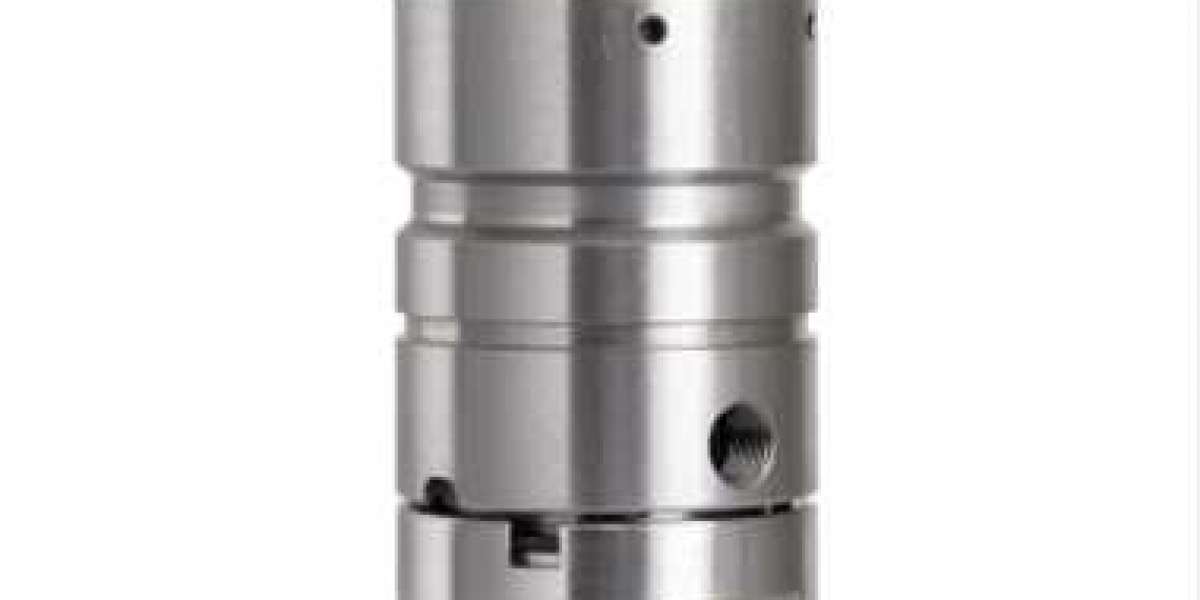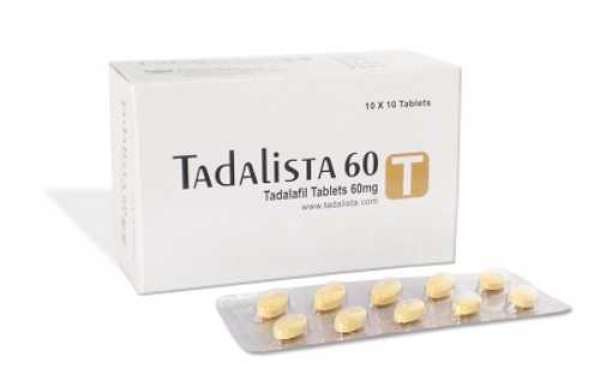Rotary joints are commonly used but fragile commodities. In order to save costs and extend the service life of rotary joints, we need to maintain them. So how to maintain and maintain rotary joints to extend their service life? Today, the Rotary Joint Manufacturer will introduce the basic content of the rotary joint to you, and will also teach you some knowledge about the maintenance of the rotary joint. Let's take a look with Daweiruisi next.
Introduction to Rotary Joint Information
A rotary joint is a rotary joint for coaxially arranging a rotary member and a fixed member, a rotary passage in the axial direction of the rotary joint is provided in the rotary member and the rotary member is attached to the rotary shaft, in the axial direction of the rotary joint A fixed channel of direction is provided in the fixed part and the fixed part is fixed to the holding element, and by means of the fixed channel fluid is supplied from the fluid supply source to the rotary channel of the rotary part which rotates about the axis of the rotary joint, which can be passed through a simple The configuration effectively prevents problems caused by foreign matter entering the sliding gap between the fixed shaft portion and the hole, as well as accumulation and solidification.
The function of the rotary joint is to input the liquid from the side of the pipeline into the rotating or reciprocating equipment, and then discharge it from the sealing device for connection.

Daily maintenance of rotary joint
The rotary joint has the characteristics of opening and closing functions. The on/off function avoids splashes and leaks during momentary engagement when passing coolant. When the coolant stops passing through the rotary joint, the closed face opens immediately, avoiding friction and guaranteeing a long service life. It is important to have a labyrinth to prevent small amounts of liquid from leaking back into the swivel. The two contact surfaces of the rotary joint are made of wear-resistant and mechanically shock-resistant tungsten carbide. Using stainless steel spring, no rust, block, rotation, and any change. The coolant connection direction is different for the RMB and RMF.
RHB/RHF type swivel joints have grooves in the body surface to help dissipate heat when rotating at high speeds. With on/off function. When the coolant passes through the opening and closing mechanism, the contact surface is automatically closed to prevent splashing and leakage. When the coolant stops, the swivel contact surface will open immediately to avoid dry friction, thus ensuring that the contact surface will not be damaged during long-term dry operation. What's more, labyrinth components are provided to prevent splashes and leaks. The two contact surfaces of the rotary joint are made of wear-resistant and mechanically shock-resistant tungsten carbide. Using stainless steel spring, no rust, block, rotation, and any change.
Rotary joint installation precautions
However, the following points need to be paid attention to when installing the rotary joint:
1. Try to avoid impact and fading during handling and storage, otherwise, the rotary joint interface and internal parts will be damaged;
2. When installing the threaded rotary joint, pay attention to whether the thread direction of the inner and outer pipes corresponds to the rotation direction of the drum, and the thread rotation direction of the inner and outer pipes should also be the same;
3. Hose links must be used between the rotary joint and the pipeline to prohibit rigid links;
The user can set various types of connection modes of the rotary joint according to the specific structure of the equipment used.
Hope the above content is helpful to you, see you next time.








